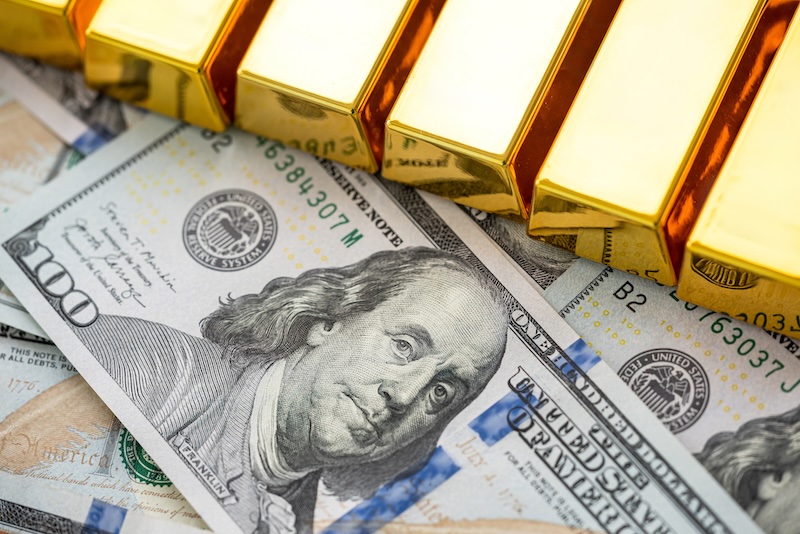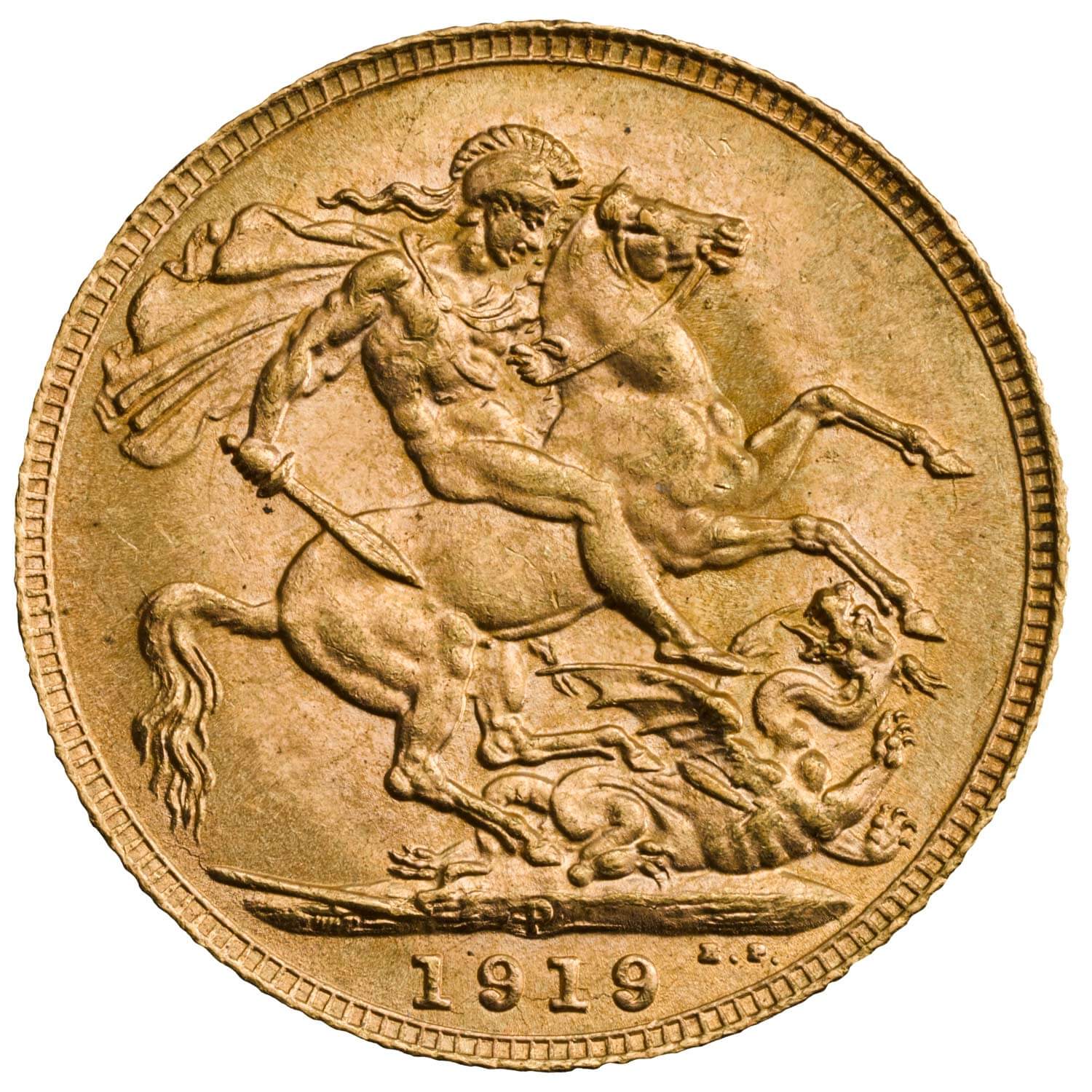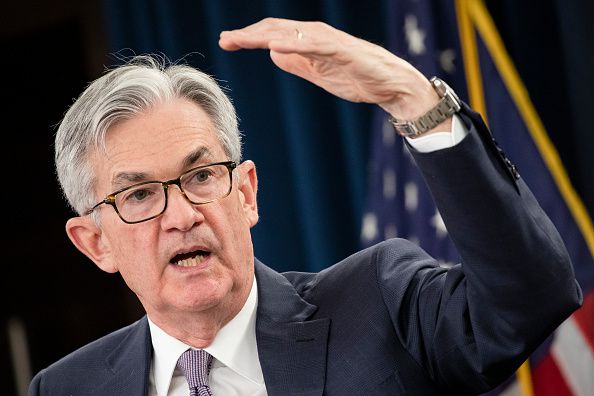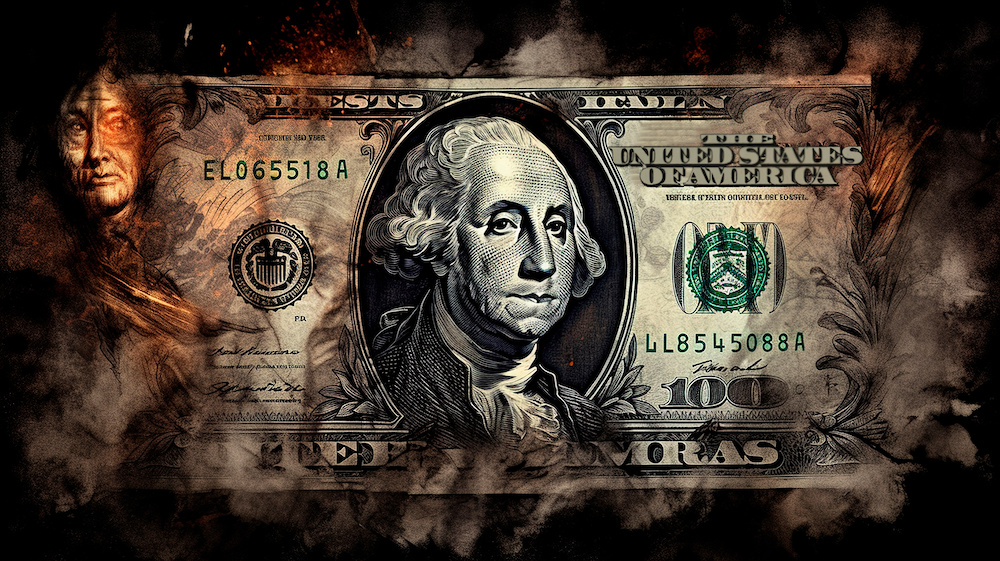There are early signs that parts of the world, led by BRICS countries, are returning toward a gold standard for international trade.
As the world races towards a new gold standard, various central banks around the world are taking part in various experiments with new forms of international trade.
mBridge – Gold Backed Central Bank Digital Currency (CBDC)
Due to the sanctions against Russia, many foreign countries and central banks are looking for alternatives to trading in the US dollar.
Saudi Arabia has now become a full member of the mBridge program, a de-dollarized trading system developed by the Bank of International Settlements (BIS) and China that uses a gold-backed CBDC for international trade.
The mBridge project began in 2021 as an international collaboration between the BIS, the People’s Bank of China, the Bank of Thailand, the Central Bank of the United Arab Emirates, and the Hong Kong Monetary Authority.
Many countries have joined the bridge project as observers, while some, like Saudi Arabia, have joined as full members.
BRICS was established as an international trade group comprised of Brazil, Russia, India, China, and South Africa. Recently, Saudi Arabia announced that it was also considering BRICS membership.
Tether Launches Gold-Backed US Dollar Stablecoin
Gold-backed stablecoins represent a fusion of traditional asset stability and modern digital currency flexibility by providing a stable, secure, and transparent way to tokenize gold through blockchain technology.
The recently launched Alloy by Tether product is a dollar-based stablecoin backed by tokenized physical gold bars. Tether Gold (XAUT) represents ownership in one troy ounce of gold on a specific gold bar stored in Swiss vaults. Token holders can access the details of the gold bars they own through the app.
BRICS & the Petroyuan vs the Petrodollar
In 1974, the United States and Saudi Arabia reached an agreement establishing the petrodollar system framework, whereby Saudi Arabia would sell oil exclusively in US dollars.
Henry Kissinger and William Simon’s agreement cemented the US dollar’s status as the global reserve currency by ensuring oil would be traded worldwide exclusively in dollars.
The petrodollar agreement ended when India began trading oil for yuan with China, essentially creating the petroyuan as a new global currency for oil trade.
The global demand for US Dollars has already begun to shrink as Gulf nations are now accepting the yuan for oil. Saudi Arabia’s early participation in the mBridge program signifies that the oil-rich country is considering trading oil in other currencies that are traded within the CBDC system.
Why are Countries Losing Faith in the Dollar?
Ever since the Hunt Brothers cornered the silver market during the 1980s and were convicted of price manipulation, there has been an ongoing suspicion that the major Wall Street Banks have been involved in the same activities.
In the US, numerous traders have had criminal convictions from JP Morgan Chase, Deutsche Bank, UBS, Scotia Bank, and others in recent years. One of those convicted was even seated on the LBMA Board of Directors.
Part of the sanctions leveled against Russia after the war in Ukraine broke out in 2022 was the expulsion of Russian-mined and refined gold from the LBMA and Western markets. In response, Russia established the Moscow World Standard, an alternative trading market for precious metals outside Western Banking Institutions.
Project mBridge Observers
Asian Infrastructure Investment Bank, Bangko Sentral ng Pilipinas; Bank Indonesia; Bank of France; Bank of Israel; Bank of Italy; Bank of Korea; Bank of Namibia; Central Bank of Bahrain; Central Bank of Chile; Central Bank of Egypt; Central Bank of Jordan; Central Bank of Malaysia; Central Bank of Nepal; Central Bank of Norway; Central Bank of the Republic of Türkiye; European Central Bank; International Monetary Fund; Magyar Nemzeti Bank; National Bank of Cambodia; National Bank of Georgia; National Bank of Kazakhstan; New York Innovation Centre, Federal Reserve Bank of New York; Reserve Bank of Australia; South African Reserve Bank; and World Bank






